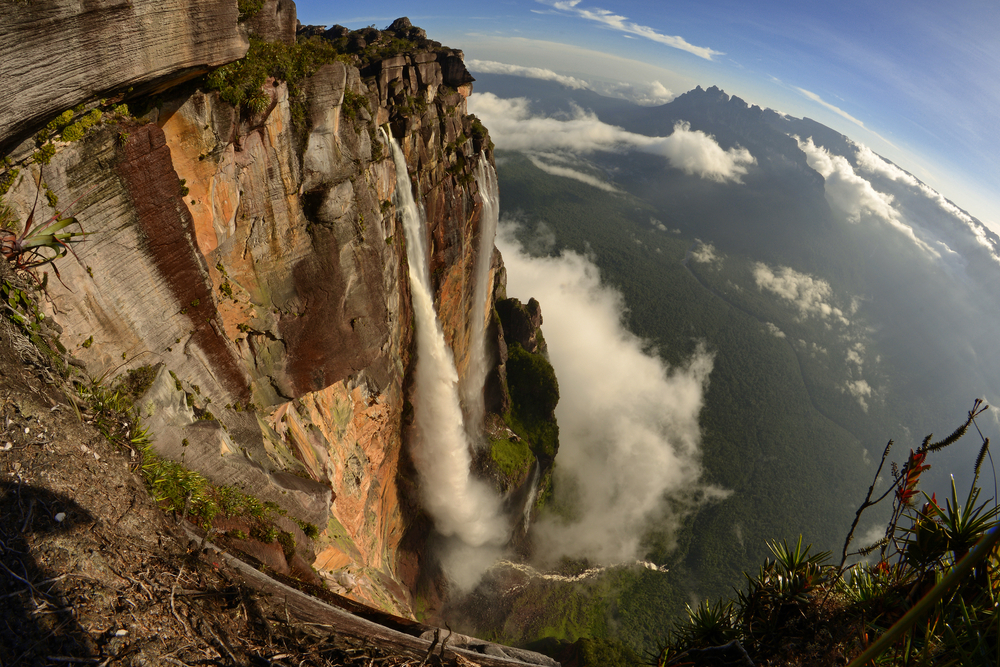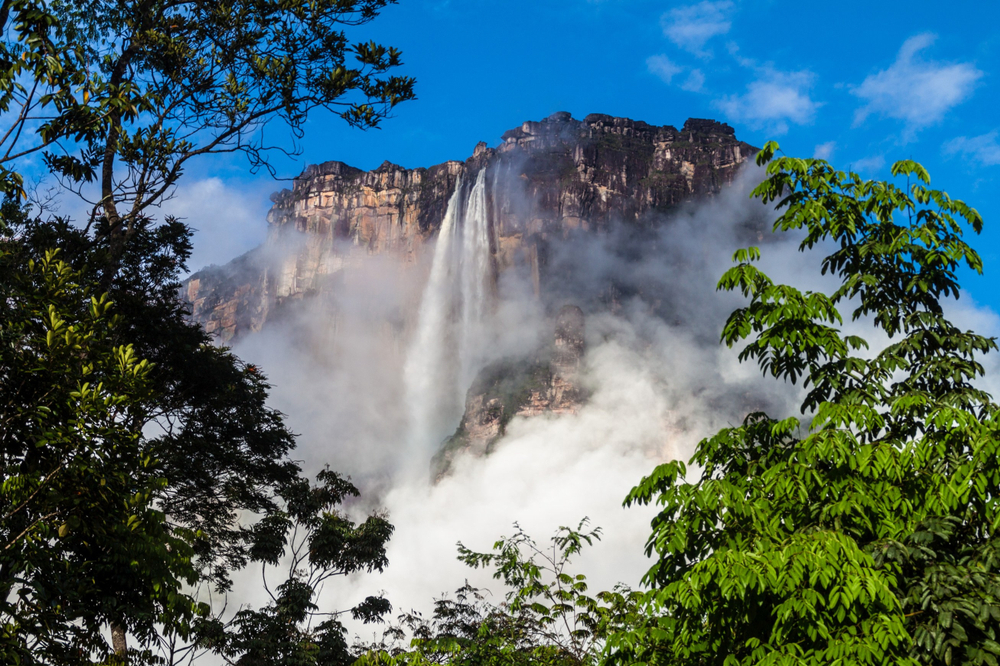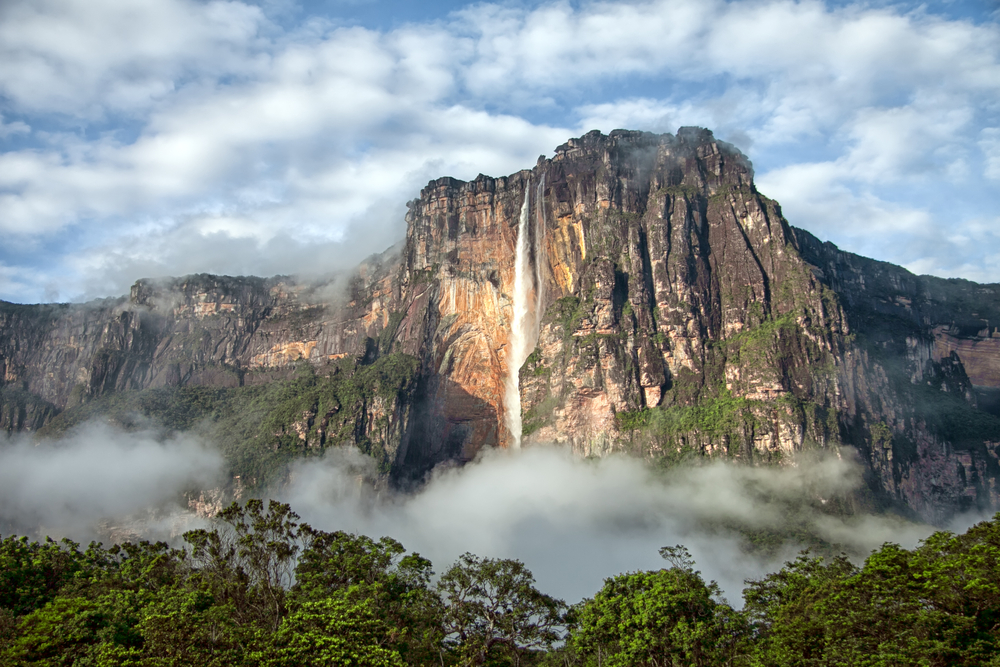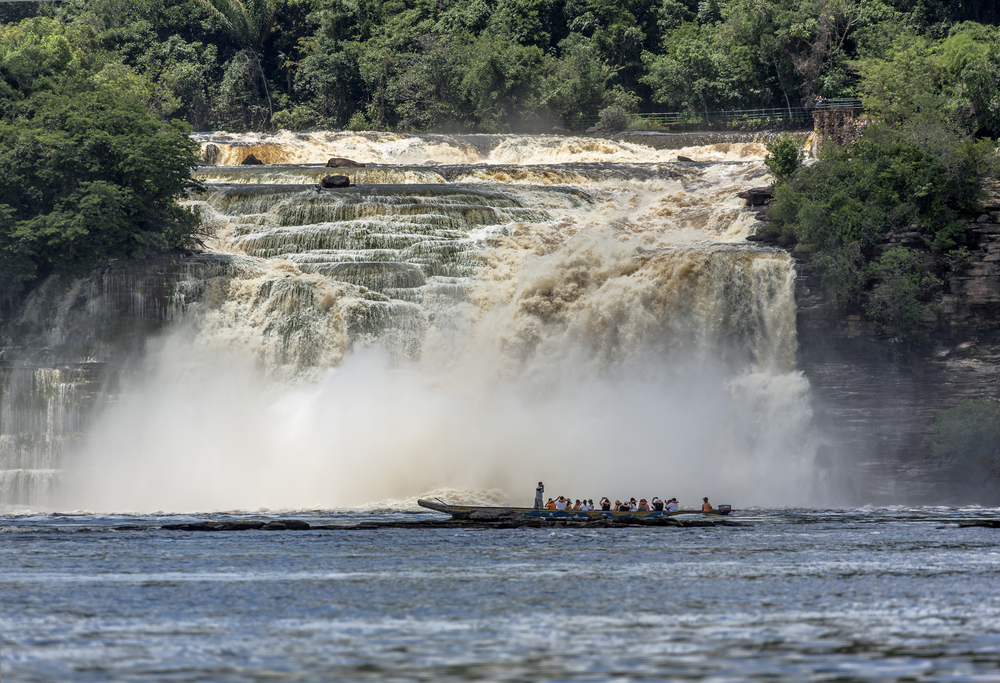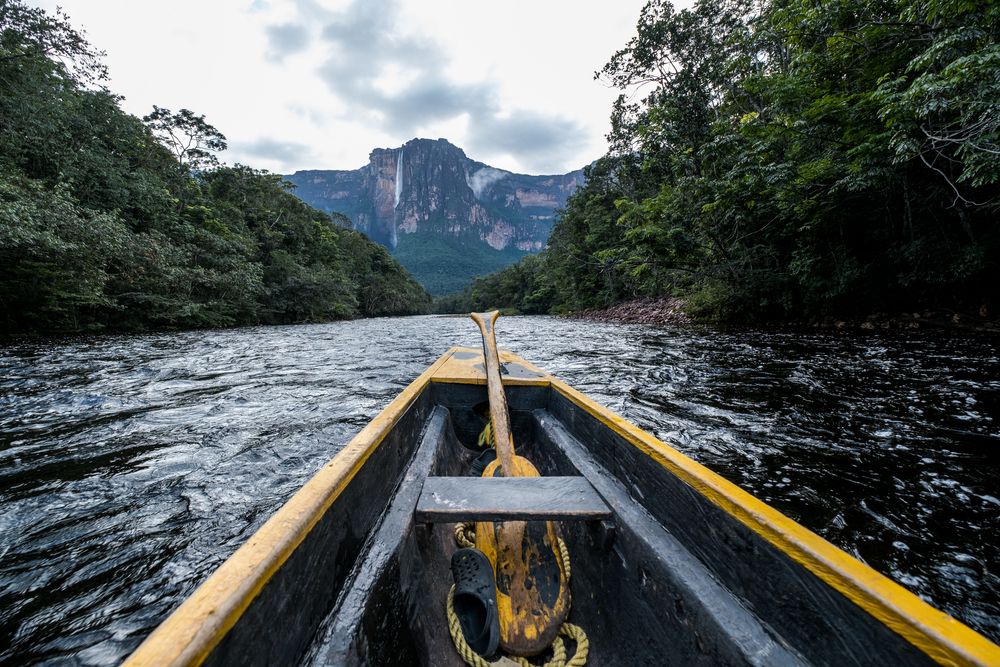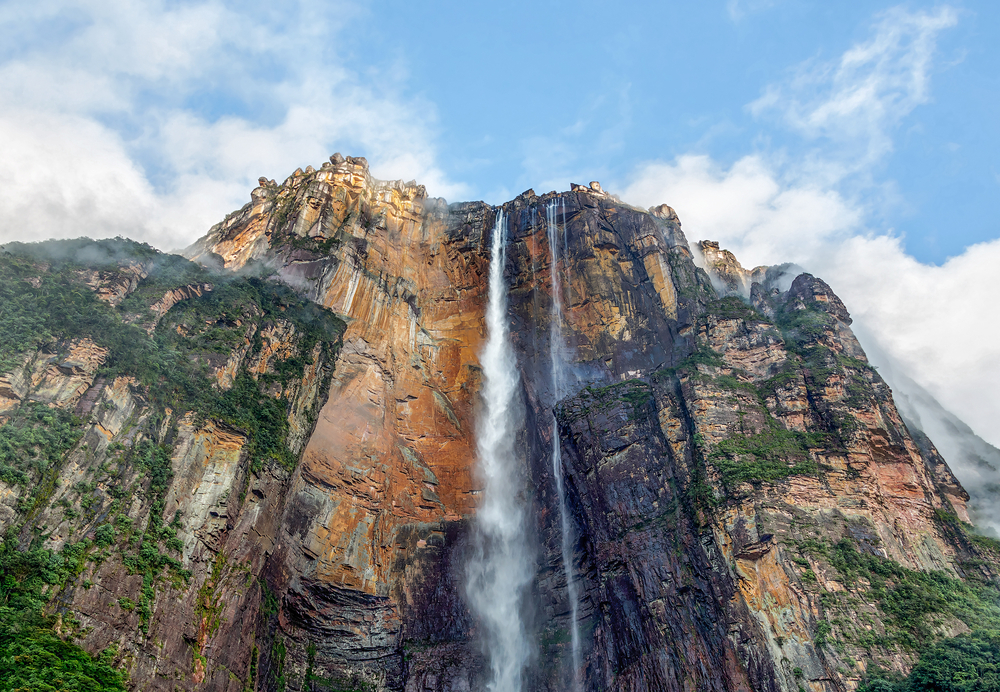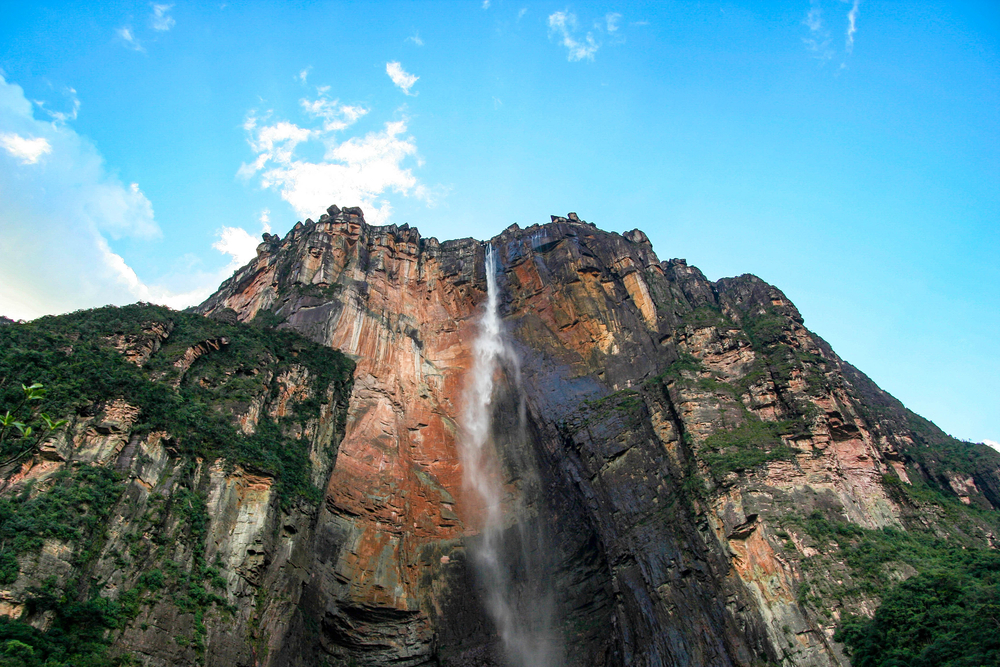Canaima Overview
Canaima National Park, located in southeastern Venezuela, is a vast expanse of natural beauty that stretches over an area of approximately 30,000 square kilometers (about 11,583 square miles). Established in 1962 and declared a UNESCO World Heritage Site in 1994, the park is renowned for its unique tepuis, which are table-top mountains that dominate the landscape and are considered among the oldest geological formations on Earth. These dramatic plateaus rise sharply from the jungle, creating isolated ecosystems that are home to a variety of endemic species.
The park is perhaps best known for Angel Falls, the world’s highest uninterrupted waterfall, which plunges from the summit of Auyán-tepui, one of the park’s most famous tepuis. The falls are named after Jimmy Angel, a U.S. aviator who was the first to fly over them in 1933. Angel Falls is a staggering 979 meters (3,212 feet) high, making it a breathtaking sight and a primary draw for visitors.
Canaima National Park’s landscape is a mesmerizing combination of vast savannahs, dense jungles, and winding rivers, creating a diverse habitat for wildlife, including jaguars, giant armadillos, and a plethora of bird species. The park’s flora and fauna are highly diverse, with many species found nowhere else on the planet.
The park is also culturally significant, as it is home to the Pemon Indigenous people, who have lived in the area for centuries and consider many of the tepuis to be sacred. The Pemon’s knowledge of the land and its ecosystems plays a crucial role in the conservation of the park.
Canaima National Park offers a unique adventure for nature lovers and explorers, providing opportunities for trekking, canoeing, and sightseeing in one of the most extraordinary landscapes on Earth. Its stunning natural beauty, combined with its ecological and cultural importance, makes Canaima a jewel in Venezuela’s crown of natural wonders.












































































